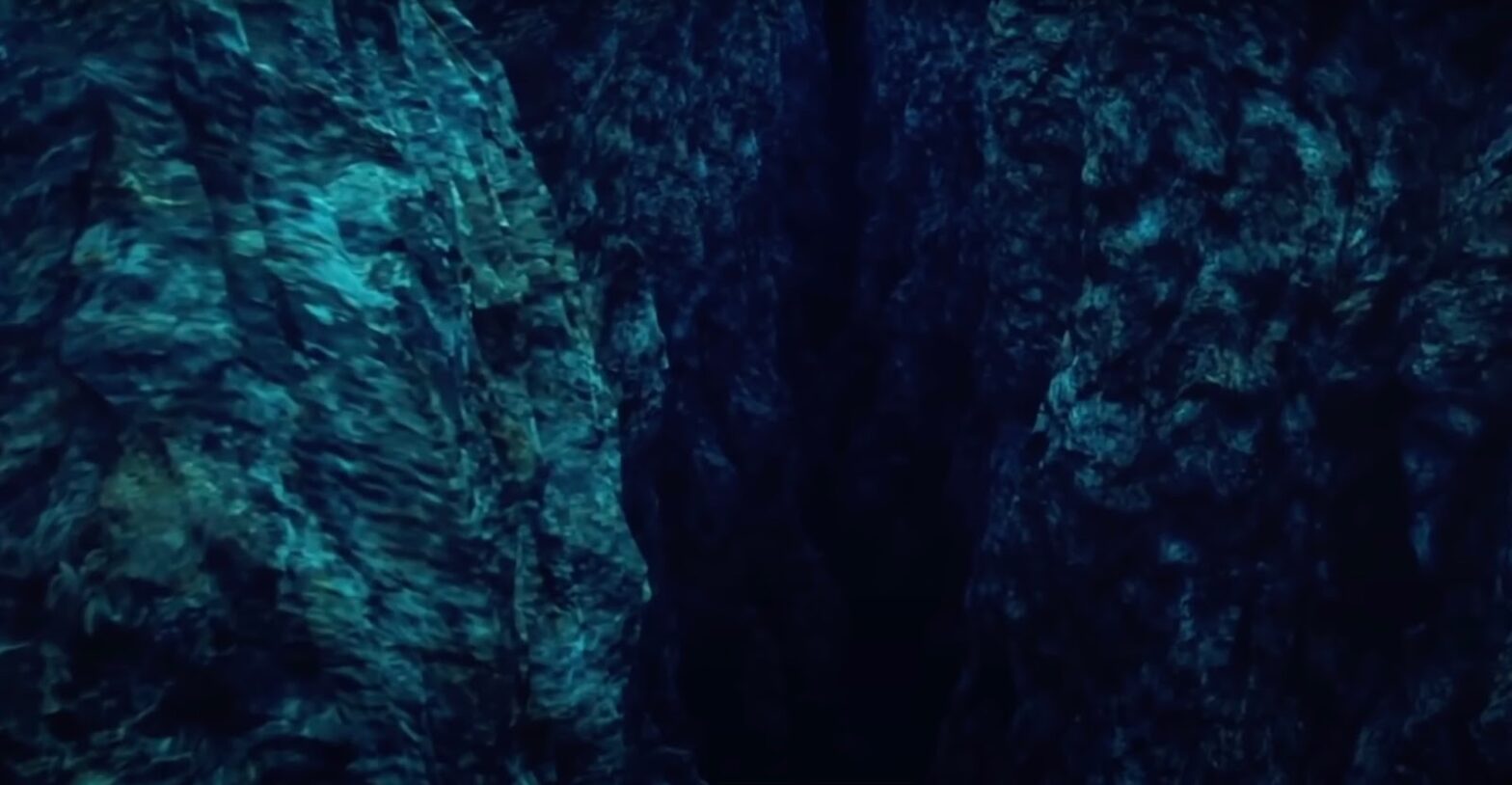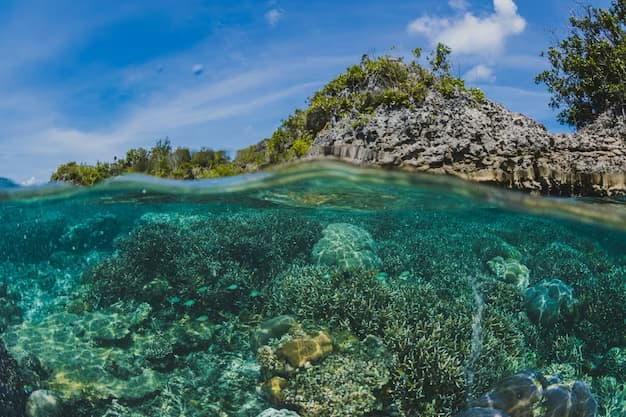The Mariana Trench, a place of enigmatic beauty and extreme conditions, holds secrets that have fascinated scientists and adventurers for decades. Located between Hawaii and the Philippines, this oceanic trench is not only the deepest on Earth but also a habitat for unique and extraordinary forms of life. In this comprehensive exploration, we will delve into the depths of the Mariana Trench, uncovering its fascinating characteristics, the creatures that call it home, and the environmental challenges it faces.
What is the Mariana Trench?
Mariana Trench Information
The Mariana Trench is an oceanic trench situated in the western Pacific Ocean, just east of the Mariana Islands. It stretches over 1,580 miles and reaches a maximum known depth of approximately 36,200 feet (11,034 meters). This immense chasm is shaped like a crescent and is renowned as the deepest point on the Earth’s surface. The trench is named after the nearby Mariana Islands, which themselves are named after Queen Mariana of Austria. Discovered in 1875, the Mariana Trench has since captivated the imagination of researchers and explorers alike.
Discovery and Exploration of the Mariana Trench
The depths of the Mariana Trench were first measured using a weighted rope in 1875, which recorded a depth of 26,850 feet. However, modern technology has revealed that the actual depth is closer to 36,200 feet. The trench exerts an astonishing amount of pressure at its deepest point, reaching approximately 1,071 times that of sea level. In 2009, recognizing its scientific importance, the area was designated as a U.S. National Monument.
The second deepest point on Earth, the Horizon Deep in the Tonga Trench, lies at a depth of 35,433 feet (10,800 meters), while the third deepest point, the Sirena Deep, also located within the Mariana Trench, descends to 35,151 feet (10,714 meters).
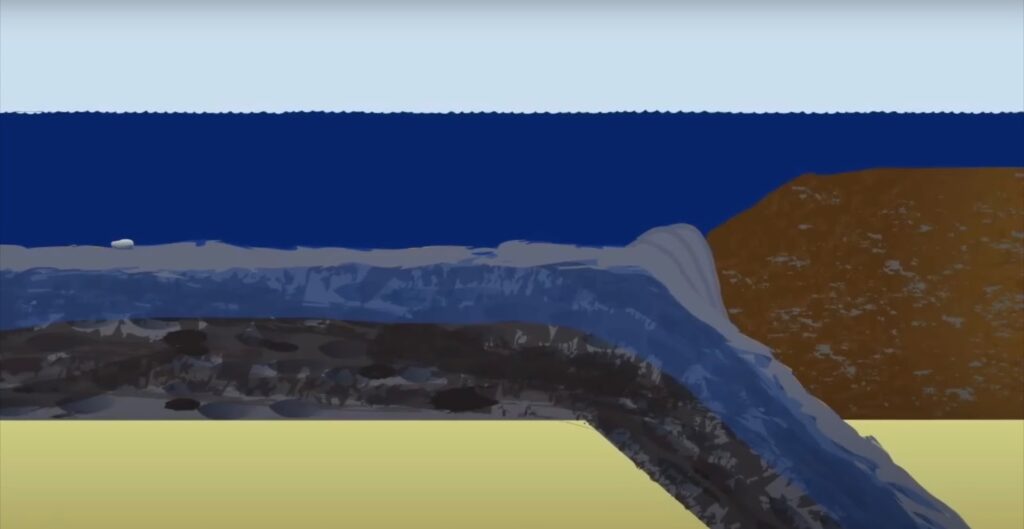
The Challenger Deep
Descending into the Abyss
At the heart of the Mariana Trench lies the Challenger Deep, the deepest known part of the trench and the lowest point on Earth’s seabed. Plunging to a depth of nearly 7 miles beneath the ocean’s surface, the Challenger Deep presents an otherworldly environment characterized by crushing pressure and perpetual darkness. This extreme depth creates an environment that remains largely unexplored and holds numerous mysteries waiting to be unraveled.
Unveiling the Secrets of the Challenger Deep
Despite its forbidding conditions, the Challenger Deep has been the focus of several groundbreaking expeditions, including the historic dive by James Cameron in 2012. These ventures have provided invaluable insights into the geology, biology, and physical properties of this abyssal realm, shedding light on the adaptations of organisms that thrive in such extreme environments.
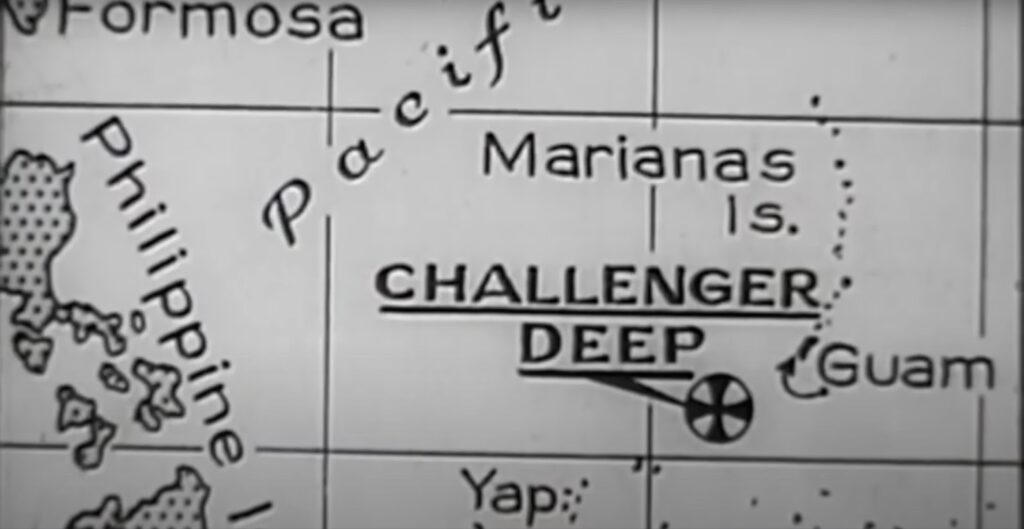
Deepest Points on Earth
| Location | Depth (feet) | Depth (meters) |
|---|---|---|
| Mariana Trench | 36,200 | 11,034 |
| Tonga Trench | 35,433 | 10,800 |
| Mariana Trench | 35,151 | 10,714 |
Mariana Trench Animals
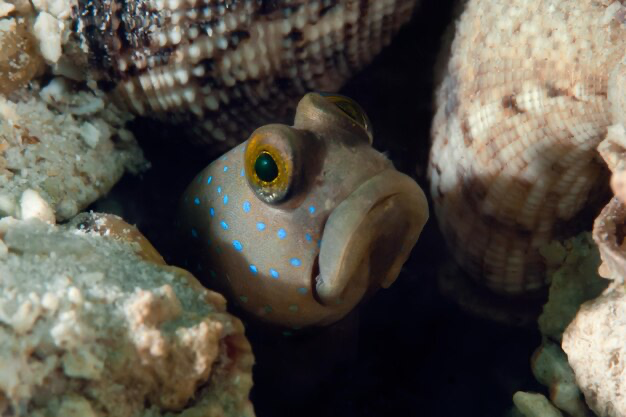
Dumbo Octopus
One of the most remarkable inhabitants of the Mariana Trench is the Dumbo octopus, named for its ear-like fins that resemble the famous Disney character. This deep-sea creature gracefully navigates the ocean depths, using its characteristic fins to propel itself through the water. With a gelatinous body and large, expressive eyes, the Dumbo octopus is a mesmerizing example of the diverse and wondrous life found in the trench.
Angler Fish
The eerie and elusive angler fish is another intriguing resident of the Mariana Trench. This peculiar creature possesses a bioluminescent lure suspended from its head, which it uses to attract prey in the darkness of the deep sea. Its distinctive appearance and unique hunting strategy make the angler fish a captivating subject of study for marine biologists and enthusiasts alike.
Frilled Shark
The frilled shark, with its primitive features and elongated, eel-like body, is a living relic from the depths of time. Often referred to as a “living fossil,” this enigmatic species is perfectly adapted to the harsh conditions of the Mariana Trench, where it prowls the inky blackness in search of sustenance. Its prehistoric appearance and mysterious habits contribute to the allure of the trench’s diverse ecosystem.
Goblin Shark
Known for its protrusible jaws and ghostly complexion, the goblin shark is a haunting presence in the depths of the Mariana Trench. With a unique feeding mechanism and a lineage dating back millions of years, this enigmatic predator embodies the intrigue and wonder associated with the unexplored realms of the ocean.
Mariana Trench Facts
A World of Extremes
The Mariana Trench is a place of superlatives, boasting the title of the deepest point on Earth. Its extreme depth and pressure create an environment unlike any other, fostering the evolution of organisms with extraordinary adaptations. The trench’s geological features and biological diversity continue to captivate scientists and inspire further exploration and discovery.
Mariana Trench and Waste Disposal
Despite its remote location and formidable depths, the Mariana Trench is not immune to the impact of human activity. Recent studies have revealed the presence of plastic pollution in the trench, highlighting the far-reaching consequences of waste disposal and emphasizing the need for responsible environmental stewardship. The discovery of anthropogenic debris in this pristine environment underscores the urgency of addressing global issues related to ocean conservation and pollution prevention.
Astonishing Mariana Trench Facts
- The Mariana Trench reaches a maximum depth of approximately 36,200 feet (11,034 meters);
- The trench exerts a pressure of around 1,071 times that at sea level at its deepest point;
- The Dumbo octopus, angler fish, frilled shark, and goblin shark are just a few examples of the unique creatures inhabiting the trench;
- Plastic pollution has been detected in the Mariana Trench, underscoring the pervasive impact of human activity on even the most remote marine ecosystems.
Conclusion
In conclusion, the Mariana Trench stands as a testament to the awe-inspiring complexity and resilience of the natural world. Its staggering depths and extraordinary inhabitants offer a glimpse into the boundless diversity of life on Earth and the profound influence of our actions on even the most remote environments. As we continue to unravel the mysteries of the Mariana Trench, it becomes increasingly clear that the preservation of our oceans is an essential endeavor, vital for the well-being of our planet and all its inhabitants.
